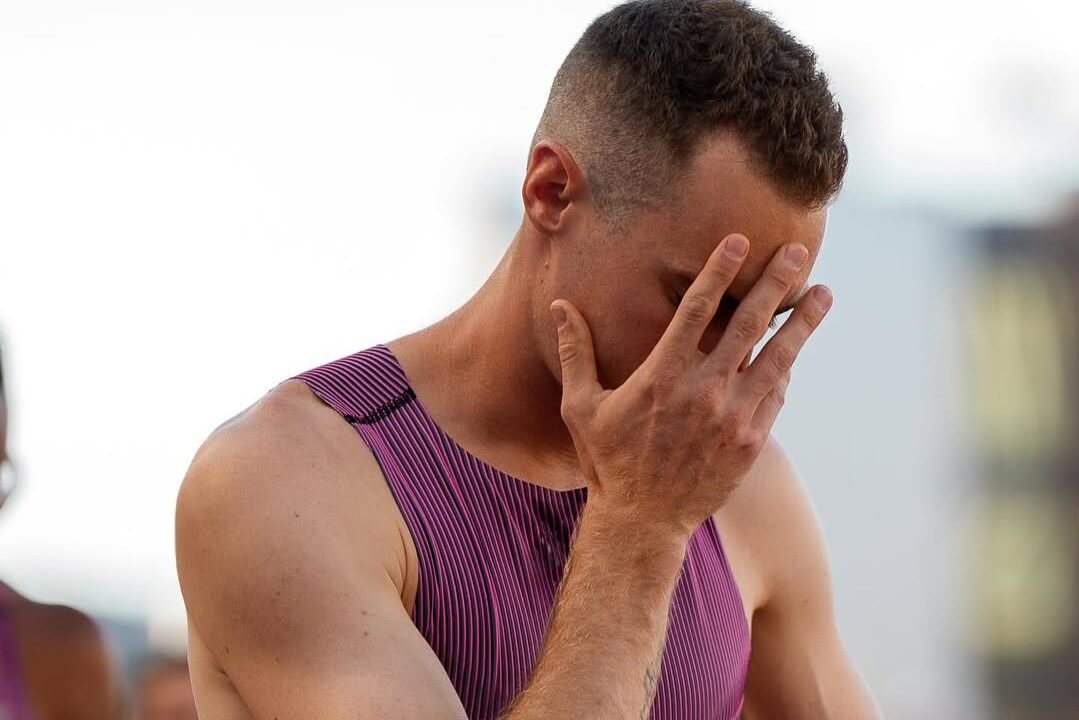

At just 21 years old, this track and field athlete turned the world by storming to Olympic bronze in the 800 meters at Rio 2016, clocking a personal best of 1:42.93—the third-fastest time ever by an American. Riding that momentum, he joined the Nike Oregon Project (NOP) in 2017, aligning with elite names like Alberto Salazar to pursue even greater heights. Little did he know this would later harm in the future in many ways.
Watch What’s Trending Now!
“That was a crazy day. The time at NOP for me was, was probably a little bit different,” stated Clayton Murphy. What made it different for the Olympic bronze medalist was the fact that he was brought in when things were getting a little tense with his coach. Murphy in his latest appearance at the Citius Mag Podcast, “Like for me, Sifan and Yomif, it was kind of a little bit different than like any other NOP athlete because we came in, you know, post, I call it the Alberto, like slow down where Alberto was told essentially like, for your own health, you need to slow down and stop traveling as much. Start like kind of stop stressing as much.” Sifan, Yomif, and Murphy all joined the NOP around the same time.
Clayton remembers the man getting a dog to train and hearing stories that he would not sleep at night. “He had his whiteboard on his porch like this madman, head spinning 100 miles an hour all the time. And he kind of became a little bit,” he said. The track and field athlete also said that when he was under Alberto, the coach was chill. But he also said that he wasn’t when it mattered. The Olympian also talked of how much he trained with Sifan and “worked hand in hand with Alberto on a daily basis of training.”
ADVERTISEMENT
“And I mean to the point of like I did, I had a knee injury in the fall of whatever year it was, 2019, 2018, a knee injury and we were essentially limited to the track,” recalled the athlete. In the 2018 season, this affected his training and competition schedule. He was told that he could run through it as long as he didn’t change his gait or stride. So, he could keep running until he got like the fat pad impingement removed: “And so I had to run on the track every single day, like with Alberto watching and making sure like everything was good.” The track and field athlete also recalled another day of training.
It was Thanksgiving, and while the Olympian wished the coach, he told him that he would meet him next Friday. To his surprise, Alberto called him at 8:30. “Alberto, it’s a Six Mile run, like I’ll just do it on my own in the morning,” he reasoned. “no, we’ll be here 8:30,” the coach insisted. Given his belief in training, Clayton Murphy went. “It was such a weird time, but also I enjoyed every moment of it because he pushed you to the absolute limits of like every workout,” Murphy confessed. Perhaps it’s these rigorous training sessions that in the summer of 2018, he achieved a time of 1:43.12 in London, marking his second-fastest ever.
Praising Alberto, Clayton said that the track and field athlete coach could unlock things in you. “And then they have everything obviously ripped away. The morning of my final was just like a nightmare, essentially.” October 1, 2019, was the 800m finals of the 2019 World Championships. 30 September, 2019 – USADA announced Alberto Salazar’s 4-year ban for multiple anti-doping rule violations. Clayton remembers waking up to a text from Alberto not to check his phone. He did, and he got the news.
ADVERTISEMENT
“Like it’s 5:00 AM in the morning of the final, I was in the room with Bryce and I just went to the bathroom and just sat and I didn’t even know what to do,” he told. Bryce Hoppel was another American finalist alongside Clayton Murphy. Murphy remembered his head spinning in 1000 directions that morning, but not the direction where it should be, i.e., the finals. He moved to the bike hotel, deleted all the apps on his phone, tried playing board games with Gav, he tried every possible thing to get his mind off.
When he went down to have lunch, three people asked him about what he would do now. His only reply, “I don’t want to talk about this.” The man got food and left because he couldn’t sit down there. But no matter how much you run from it all, it does affect you, and for Clayton, it happened at the worst possible time. The run was going on pretty smooth for him, he made it to 3/4th of it with confidence and then.
ADVERTISEMENT
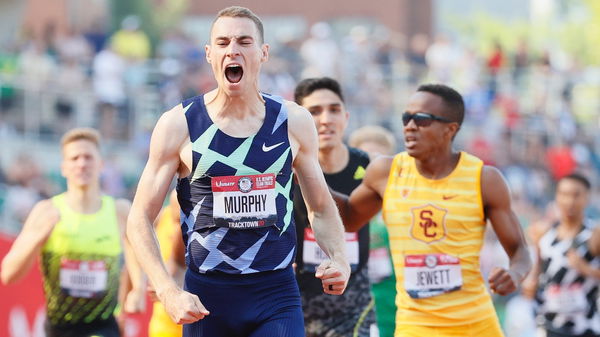
ADVERTISEMENT
“And then all sudden it just hit me, it almost hit me in the middle of the race, like trying to fight it off.” The track and field champion finished 8th in the race, clocking a time of 1:47.84. After the race, he had a little spiel ready with him to speak to the media persons in the Mix zone. But then somebody from USATF was like, “Hey, Are you ready to go?”. This further broke down the athlete, he cited throwing a water bottle on the wall, sitting with his head in his jersey for 10 minutes, not knowing what he would do tomorrow. The 2016 Olympics bronze medalist felt that he was in the best shape of his life.
In the podcast, he said, “I thought I was as good of shape with Donovan, if not better in that race. Like I thought I should have been world champion in that race.” Donavan Brazier won that race, setting a championship record with a time of 1:42.34. “And to have that, you know, not stripped away, but put me in such a, you know, behind the 8 ball that morning was like it was just detrimental to everything,” he said. The controversy not only took down the track and field athlete but also the track and field facility.
ADVERTISEMENT
What happened to NOP?
The Nike Oregon Project (NOP) was officially shut down in October 2019 following the four-year doping ban of head coach Alberto Salazar. USADA found him guilty of multiple anti-doping rule violations, including testosterone trafficking and tampering with the doping process. These revelations ignited scrutiny around NOP’s methods and credibility.
Nike CEO Mark Parker explained the decision, stating, “This situation, along with ongoing unsubstantiated assertions, is a distraction for many of the athletes and is compromising their ability to focus on their training and competition needs. I have therefore made the decision to wind down the Oregon Project.” With rising pressure from media and governing bodies, Nike disbanded the program to relieve athletes of ongoing controversy and distraction during competition.
Top Stories
NFL Suspends Chargers’ Denzel Perryman for Two Games Over Cowboys Incident
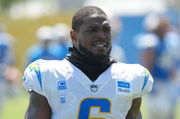
Clark Hunt Admits Being Pressured to Leave Arrowhead After Chiefs Offered $2.4B Proposal

Steelers Confirm $45M Punishment for DK Metcalf After NFL Suspended WR for 2-Games
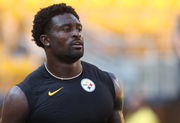
Sean McDermott Confirms if Bills Will Sign a QB Amid Josh Allen’s Injury Concerns
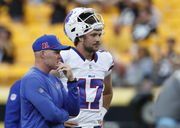
Lee Trevino, 86, Leaves Golf World Hanging on Every Word at PNC: ‘I’ve Been Digging Worms’
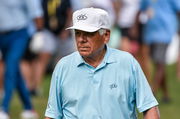
Trent Williams Announces Retirement Plans After 49ers Clinch Playoff With Win vs Colts

ADVERTISEMENT
ADVERTISEMENT
ADVERTISEMENT

